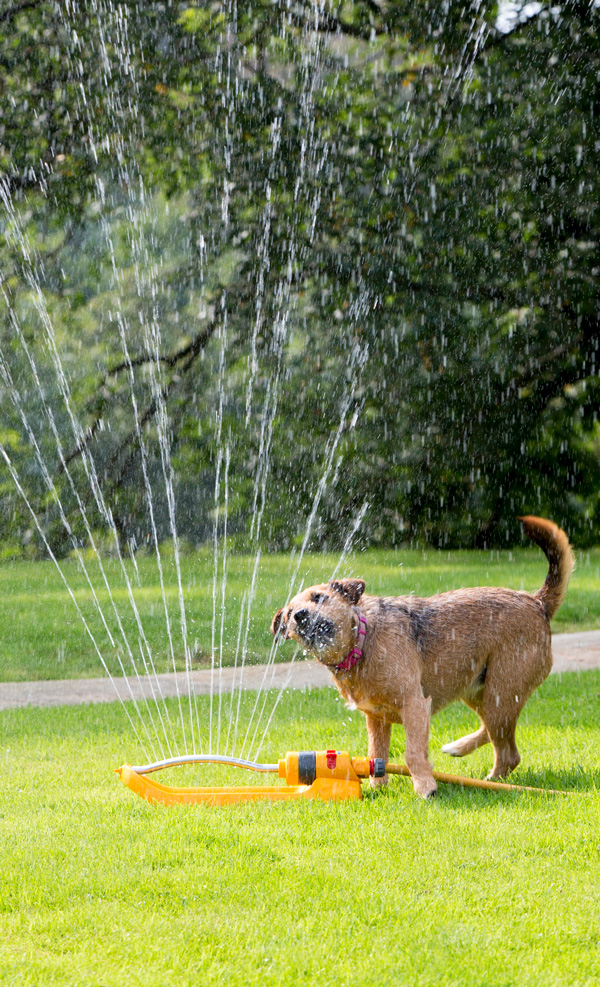Don’t you just love summer!
We do here at Fur Life Vet. Spending time outdoors enjoying the sunshine, summer holidays, BBQ’s, camping, celebrating with family and friends and of course our pets! But as the mercury gets higher, so do the potential dangers for our pets.
We are all about healthy pets and happy lives so to help you and your pet really enjoy a super summer we have created some handy resources and tips in our Fur Life Vet Summer Pet Essentials guide.
Here are five red-hot dangers, along with tips to help you keep your beloved animal safe and happy during the summer months.
Water is essential to ensure your dog’s body operates optimally. The combination of hot weather and a lack of shade – or hot weather and a walk (even a short one) – can turn a happy dog into a parched pooch.
Here are 5 red-hot dangers, along with tips to keep your beloved pet safe and happy during the summer months.
Signs of doggo dehydration
- Dry gums
- Excessive panting/drooling
- Loss of appetite
- Tiredness
- Reduced skin elasticity (to work out if your dog has reduced skin elasticity, lightly pinch your dog’s skin. If it remains ‘pinched’, they might be dehydrated. Note: this doesn’t work so well for older dogs as like us, their skin loses its springiness as they age!)
What to do
There are plenty of things you can do at home, on walks or when you’re on holiday trips to keep your best mate adequately hydrated.
At home, ensure they have:
- A constant supply of water – Is their bowl big enough to last a full day when you’re work?
- A shady spot – one that remains in the shade all day
On walks and day/holiday car trips, take:
- Extra water and a collapsible bowl, or plastic container
- Extra precautions (i.e. medication) if you have a car-sick pooch. Vomiting in hot weather can quickly lead to doggie dehydration
Heat Stroke
- Very heavy panting
- Thick saliva
- Limb weakness
- Collapsing
- Losing consciousness
- Confusion
- Diarrhoea
- Vomiting
- Get them out of the sun
- Offer them water
- Use a damp towel or cool water to wet their body
- Don’t leave them out in high temperatures – if you can’t, ensure they have proper shade
- Keep them hydrated with access to water at all times
- Be smart about when you take them for walkies – aim for coolest part of the day
- Watch them carefully when walking for signs of heat stress
- Never leave them in hot cars, even for a minute – a cracked window or parking in the shade does very little to reduce internal car temperature
Sunburn
Paw Burns
- Avoid going for walks in hot weather – wait for a cooler time, i.e. evenings
- Slip your shoes off and test the ground temperature
- Take note of changes in terrain – it may mean a temperature shift
- Walk in the shade
- Carry your dog across hot sections if need be
Stings & Bites
- Think carefully about where let your dog walk or swim to avoid accidental bites or stings
- Watch your pooch when they go exploring (i.e. sticking their nose in a dark hole!)
- Ensure your pet is fully protected with up-to-date vaccinations, parasite & tick control
- If bitten, seek vet treatment

Other heat tips
- Give them a summer hair cut (but make sure you leave enough to prevent sunburnt skin)
- Don’t muzzle dogs in hot weather becuase they can’t pant effectively. Panting helps them cool down.
- Let them have a run in the sprinkler (the bonus – the kids can join in too!)

